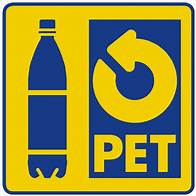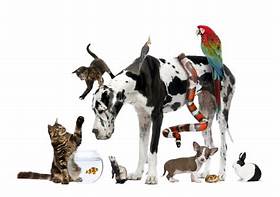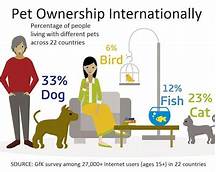What is PET Recycling?
PET recycling is the process of converting waste PET (polyethylene terephthalate) plastic into useful materials and objects. PET is a strong, lightweight plastic that is commonly used in food and beverage containers, as well as in a variety of other products such as clothing, carpets, and car parts.

Benefits of PET Recycling
There are several benefits to recycling PET, including:
- Reducing waste: PET is a non-biodegradable material, which means it can take hundreds of years to decompose. Recycling PET helps to reduce the amount of waste that is sent to landfills and incinerators.
- Conserving resources: PET is made from fossil fuels, which are a non-renewable resource. Recycling PET helps to conserve these resources by using them more efficiently.
- Saving energy: Recycling PET requires less energy than producing new plastic. This is because recycled PET can be used to make new products without having to go through the entire manufacturing process.
- Creating jobs: The PET recycling industry creates jobs in the collection, processing, and manufacturing of recycled PET products.
- Protecting the environment: Recycling PET helps to protect the environment by reducing the amount of waste that is sent to landfills and incinerators, conserving resources, and saving energy.
How PET is Recycled
PET is recycled through a process called mechanical recycling. This process involves collecting PET waste, sorting it by type and color, and then shredding it into small pieces. The shredded PET is then washed and melted, and then it is extruded into new pellets. These pellets can then be used to make new PET products, such as food and beverage containers, clothing, carpets, and car parts.
PET Recycling Rates
The PET recycling rate in the United States is currently around 30%. This means that only 30% of PET waste is being recycled, while the remaining 70% is being sent to landfills or incinerators. There are a number of reasons for the low PET recycling rate, including the lack of awareness about PET recycling, the lack of access to recycling programs, and the contamination of PET waste with other materials.
Increasing the PET Recycling Rate
There are a number of things that can be done to increase the PET recycling rate, including:
- Increasing awareness about PET recycling: Public education campaigns can help to inform people about the benefits of PET recycling and how to recycle PET properly.
- Improving access to recycling programs: Expanding the availability of recycling programs, and making them more convenient for people to use, can help to increase the PET recycling rate.
- Reducing contamination of PET waste: Contamination of PET waste with other materials, such as food and beverage residue, can make it difficult to recycle. Encouraging people to rinse out their PET containers before recycling them can help to reduce contamination.
Conclusion
PET recycling is an important way to reduce waste, conserve resources, save energy, and protect the environment. By increasing the PET recycling rate, we can help to create a more sustainable future.
Declaration: All article resources on this website, unless otherwise specified or labeled, are collected from online resources. If the content on this website infringes on the legitimate rights and interests of the original author, you can contact this website to delete it.





